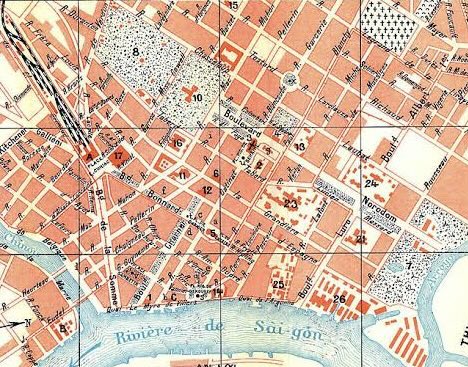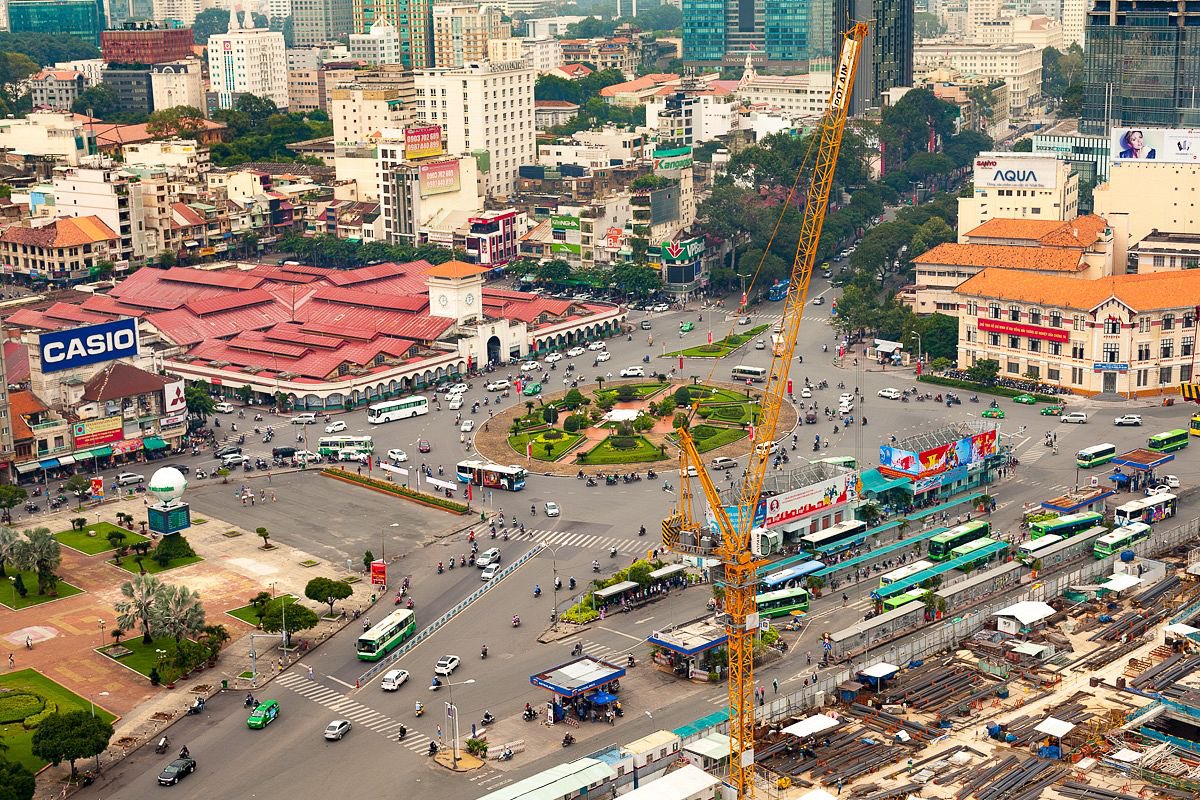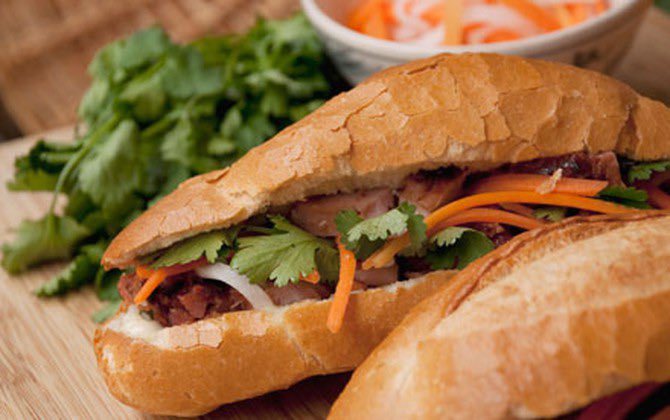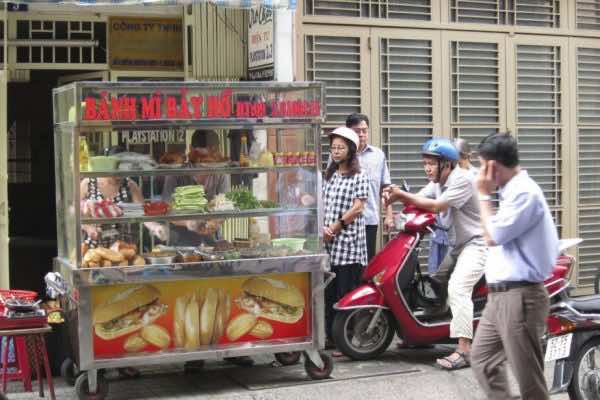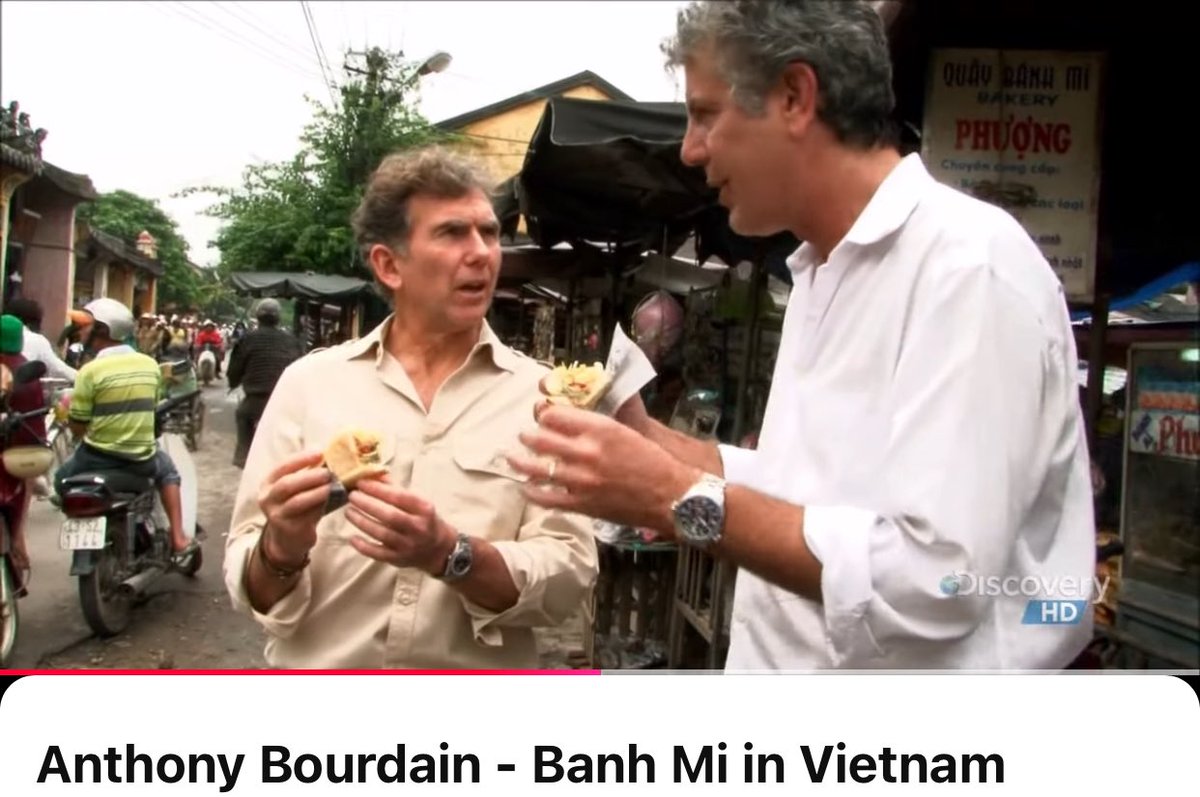Our intuitions often leads us astray. A good reminder: study counterintuitive math and economic results.
Here are 9 of them 🧵
Here are 9 of them 🧵
The Birthday Paradox
In a room of 23 people, there's a >50% chance that 2 people share the same birthday.
This type of probabilistic thinking does *not* come naturally to many people.
In a room of 23 people, there's a >50% chance that 2 people share the same birthday.
This type of probabilistic thinking does *not* come naturally to many people.
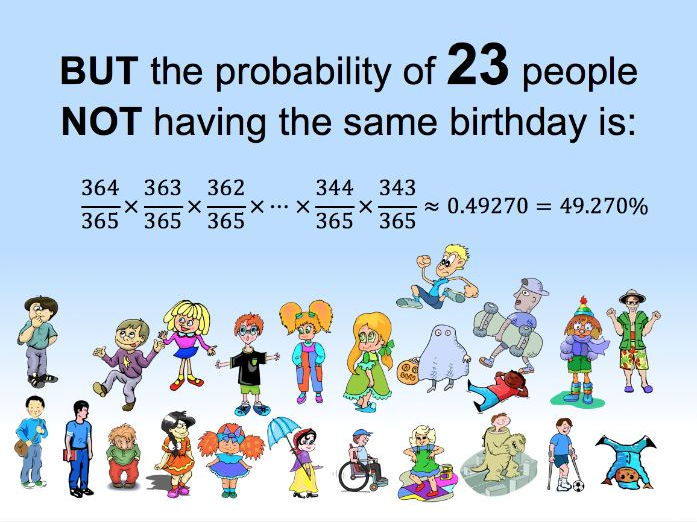
The Coastline Paradox
Fractal geometry is also confounding:
The coastline of a landmass does not have a well-defined measurement. As the unit of measurement gets smaller (eg. from KMs to cm), the length increases without limit.
Fractal geometry is also confounding:
The coastline of a landmass does not have a well-defined measurement. As the unit of measurement gets smaller (eg. from KMs to cm), the length increases without limit.

Winner's Curse
In an auction, the winning bid will usually exceed the intrinsic worth of an item leading to a significant overpay (and negative net profit for the winner).
In an auction, the winning bid will usually exceed the intrinsic worth of an item leading to a significant overpay (and negative net profit for the winner).

Braess's Paradox
Removing an extra road can make everyone's commute time faster.
Why? The existence of a "fast" road leads to congestion because everyone uses it. If you remove the shortcut, traffic flows better.
Removing an extra road can make everyone's commute time faster.
Why? The existence of a "fast" road leads to congestion because everyone uses it. If you remove the shortcut, traffic flows better.

Market for Lemons
If a seller has slightly more info than a buyer (eg used cars), it can lead to market failure:
◻️Buyer will pay price below market (b/c they can't confirm quality)
◻️High-quality sellers leave market b/c can't get good price
◻️Only low-quality sellers remain
If a seller has slightly more info than a buyer (eg used cars), it can lead to market failure:
◻️Buyer will pay price below market (b/c they can't confirm quality)
◻️High-quality sellers leave market b/c can't get good price
◻️Only low-quality sellers remain

The Potato Paradox
If you take 100lbs of potatoes which are 99% water by weight and you let it dry so that they are 98% water, their new weight is 50lbs.
If you take 100lbs of potatoes which are 99% water by weight and you let it dry so that they are 98% water, their new weight is 50lbs.

The Pizza Paradox
One 18-inch pizza has more "pizza" than two 12-inch pizzas (still trying to process this fact).
One 18-inch pizza has more "pizza" than two 12-inch pizzas (still trying to process this fact).

Littlewood's Law of Miracles
An example of the law of large numbers: A person can expect to experience events with odds of one in a million at the rate of about once per month.
(Similarly: in a world with ~8B people, a one-in-billion event will happen 8x a month)
An example of the law of large numbers: A person can expect to experience events with odds of one in a million at the rate of about once per month.
(Similarly: in a world with ~8B people, a one-in-billion event will happen 8x a month)

Queuing Paradox
If bank customers take on average 10 minutes to serve and they arrive randomly at a rate of 5.8 per hour...then the waiting time for
◻️one teller is *5 hours*
◻️two tellers is *3 minutes*
Waiting time is reduced by 93x by adding a second teller.
If bank customers take on average 10 minutes to serve and they arrive randomly at a rate of 5.8 per hour...then the waiting time for
◻️one teller is *5 hours*
◻️two tellers is *3 minutes*
Waiting time is reduced by 93x by adding a second teller.

PS. I write interesting threads like this 1-2x a week. Follow @TrungTPhan to catch them in your feed.
Also check out my weekly Saturday newsletter:trungphan.substack.com
Also check out my weekly Saturday newsletter:trungphan.substack.com
Sources
Here's the breakdown of the queueing theory: johndcook.com/blog/2008/10/2…
Check this awesome article for dozens more counterintuitive math, science + physics facts: axisofordinary.substack.com/p/the-most-cou…
Here's the breakdown of the queueing theory: johndcook.com/blog/2008/10/2…
Check this awesome article for dozens more counterintuitive math, science + physics facts: axisofordinary.substack.com/p/the-most-cou…
VERY counterintuitive fact: Gabriel's Horn is a geometric figure with:
◻️ *infinite* surface area
◻️ *finite* volume
◻️ *infinite* surface area
◻️ *finite* volume

Deep dive on the Birthday Paradox
https://twitter.com/10kdiver/status/1348002780250718210
• • •
Missing some Tweet in this thread? You can try to
force a refresh



